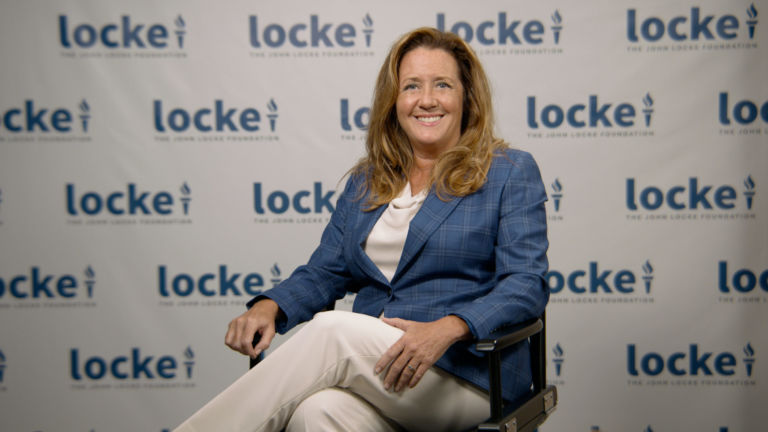Ashe Schow‘s latest contribution to the Washington Examiner carries the headline “How flawed statistics create policies that ruin lives.”
The headline could easily apply to any number of government policies, but I am (predictably, perhaps) going to use it to discuss campus sexual assault.
The doom-sayers began with the statistic that 1 in 5 college women will be sexually assaulted to get their foot in the door. They screamed from the mountaintop that any woman in college will probably be raped any day now. Not in India, not in Iran, not in South Africa, but here. In America. On campus.
Using that false statistic (most are at least intelligent enough now to stop using it), activists began a crusade to right the injustices of the past (and potentially present) by swinging the pendulum to the other side. This, not surprisingly, has created a new problem of male students losing their due process rights and being treated as guilty until proven innocent.
But 1-in-5 isn’t the only statistic being used to create these new policies. Now that the issue is consistently in the news, other statistics with equally dubious origins are cropping up.
One is that only 2 percent of rape accusations are false. This factoid traces back to a single source (Susan Brownmiller’s 1975 book Against Our Will), which in turn cites a police officer talking about a study that no one has been able to find. But from this dubious claim springs the dogma that one must therefore believe all rape-accusers to be true victims.
Couple the notion that all accusers must be believed to another statistic — that relatively few men commit the majority of sexual assaults — and the prevailing logic becomes that anyone accused of sexual assault must immediately be treated as a serial rapist, because they likely are or will be.
This is how we get to a culture where an accusation is all the evidence needed in campus disciplinary hearings — and evidence and witnesses telling a different story are discounted.


